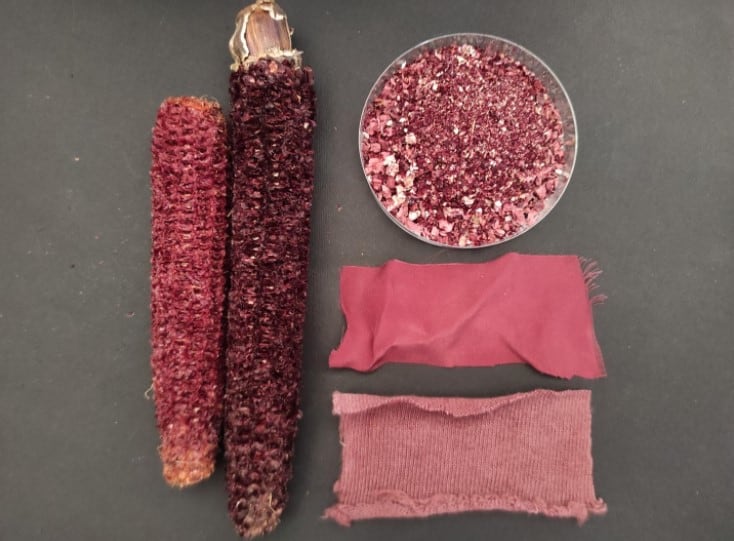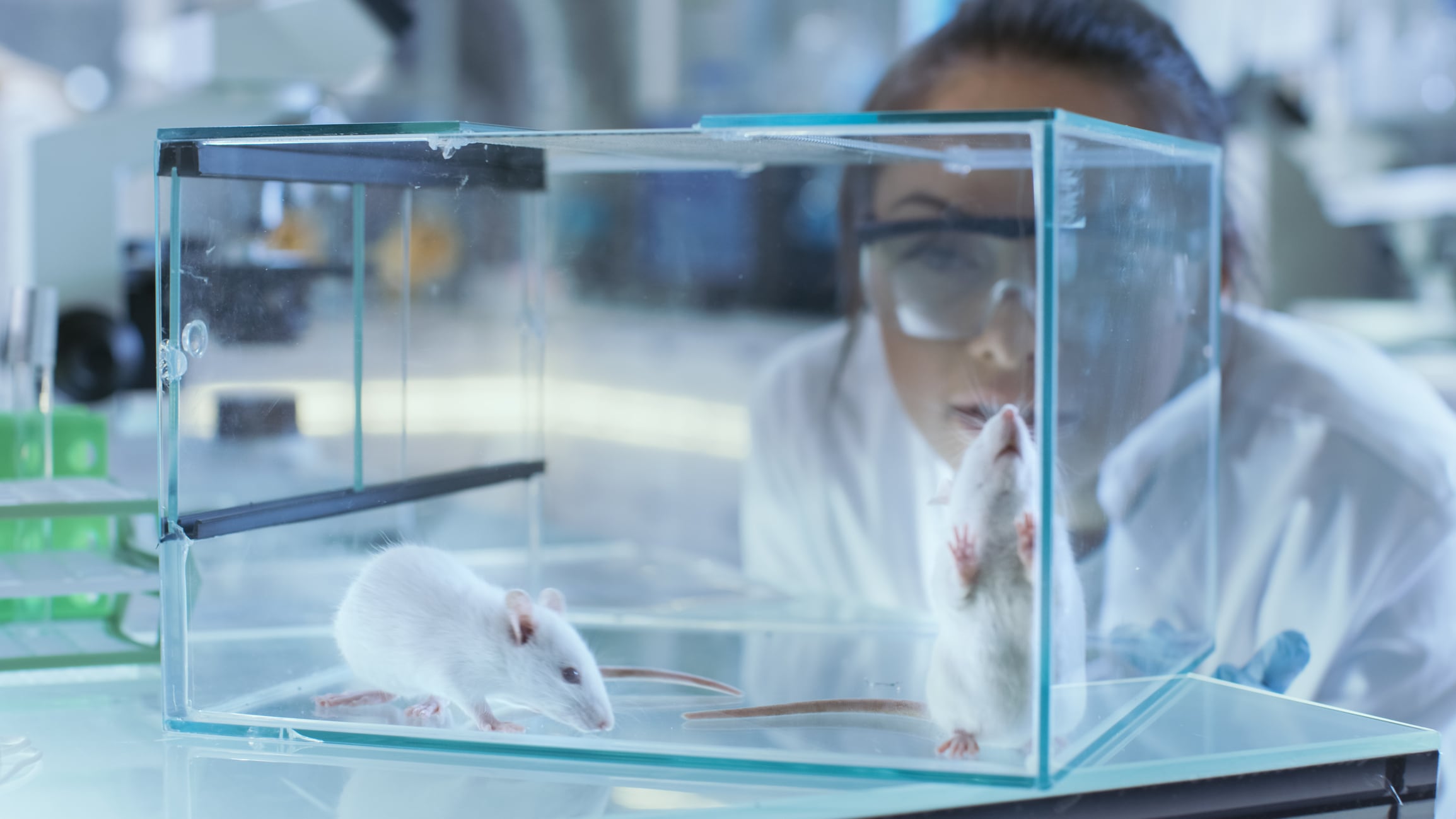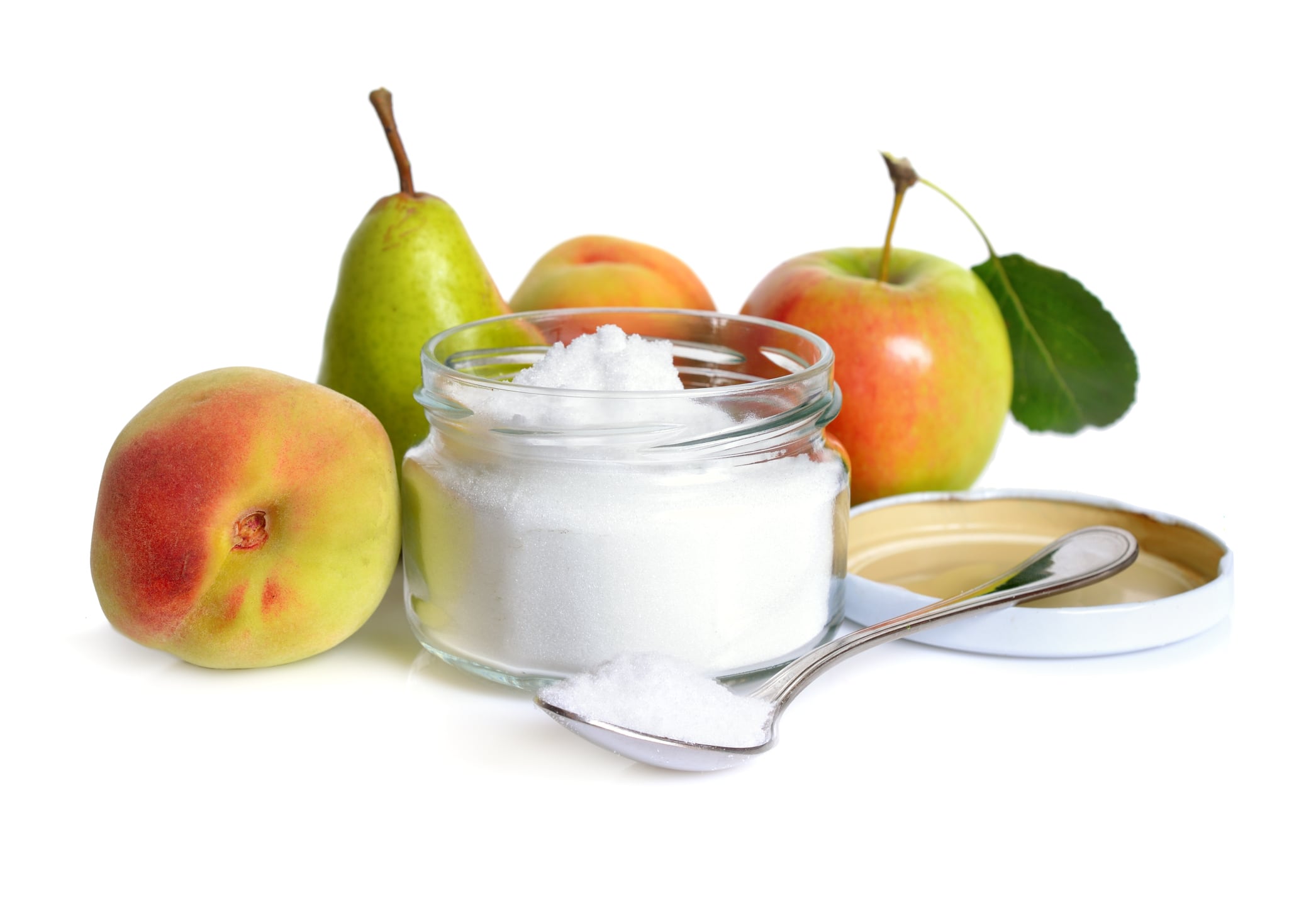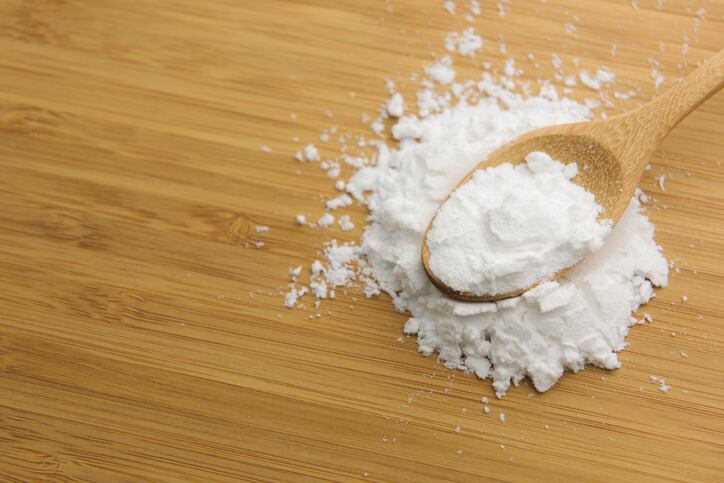The Italian-based team detail the use of purple corn cobs and its kernels as sources of anthocyanins - pigments used as natural dyes but also have antioxidant and anti-inflammatory properties.
Writing in ACS Sustainable Chem, they go onto outline a multi-step approach to make a number of valuable products, whilst also producing zero waste at the end of the process.
“The purple corn cob represents a sustainable source of high-added value products recoverable by a biorefinery approach, according to the concept that the bioeconomy must be restorative and regenerative,” writes the team, led by Fabrizio Adani, Professor at the Department of Agricultural and Environmental Sciences at the University of Milan.
“The pigmented hydro-alcoholic extract (PHAE) demonstrated a good anti-inflammatory property and it can be used in food/feed or beverages to enhance health benefits.”
Solvent use
Plant pigments such as anthocyanins are known to be nontoxic and to act as antioxidant, bioactive components in nutraceutical, antifungal, antibacterial, and UV-protective functions.
Current methods to isolate anthocyanins from plants uses solvents such as acetone in the extraction processes. However, this is considered to be more toxic, hazardous and relatively expensive.
Epidemiological and preclinical studies have demonstrated that regular consumption of anthocyanin-rich foods is associated to a reduced risk of cardiovascular diseases, cancer, obesity, and diabetes.
The most effective anthocyanins appeared to be both cyanidin-3-glucoside (CyG) and pelargonidin-3-glucoside (PlG).
The team began by grounding-up corncobs and water and then heating the mixture at 70 °C for 30 min. According to the team, this process removed 36% of the pigments compared to methods using acetone and ethanol solvents.
The team were then able to remove an additional 33% of the anthocyanin content from the water-treated cobs with an ethanol mixture. This was achieved using a hydro-alcoholic solvent set at room temperature overnight.
The solvent caused the solution pH to go below 2, enhancing anthocyanin solubility and stability and total anthocyanin yield, without hydrolysing their original form.
Analysis of these extracts found an antioxidant activity and anti-inflammatory properties exerted on cells in petri dishes that the team think could be used to develop nutraceutical supplements.
Further studies needed
“The proposed biorefinery concept was analysed in detailed aspects of the extraction and the potential for subsequent valorisation of the products, and useful data were obtained,” the team writes.
“Water extraction gave an anthocyanin-rich extract (PAE) fraction useable as a natural dye, showing, also, UV protection of the dyed clothes.”
“Subsequently, the purple lignocellulosic solid residue (REC) can be considered as feasible animal bedding for pets, which may also include a pH indication capacity and can be compostable once discharged, nulling the waste produced.
“Further studies are needed in order to provide more data with regards to the biorefinery process of purple corn cobs, that is, mass balance and energy efficiency including cost analysis.”
Source: ACS Sustainable Chem
Published online: doi.org/10.1021/acssuschemeng.0c08717
“Biorefinery Approach Applied to the Valorization of Purple Corn Cobs.”
Authors: Patrizia De Nisi et al.




